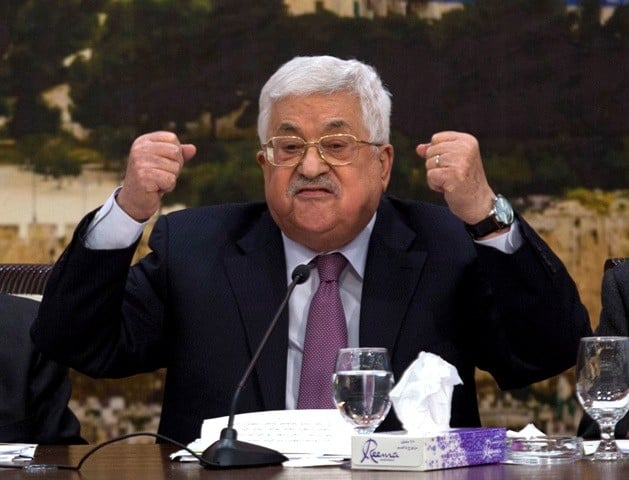How can Arab-Israeli peace be achieved in the absence of peace between Hamas and Fatah?
By Daniel Krygier, World Israel News
Since 1967, the Arab-Israeli conflict has been generally seen through the lens of Israeli “occupation” and the presence of Jewish communities beyond the green line. However, the escalating tension between Fatah and Hamas raises a fundamental question: How can Arab-Israeli peace be achieved in the absence of peace between Hamas and Fatah?
The international community tends to put the onus of peacemaking on Israel. However, there has been increased focus on the growing rift between Hamas-ruled Gaza and Fatah-ruled Ramallah.
Egypt recently accused Palestinian Authority leader Mahmoud Abbas of escalating the crisis in Gaza, threatening to pull out of its role as mediator. The PA demands that Hamas hand over control of Gaza. In a bid to pressure Hamas, Abbas delayed a Qatari-financed fuel shipment from reaching the energy-starved Strip. The latest move by Ramallah will likely only deepen the growing rift between Hamas and Fatah.
In March 2018, PA Prime Minister Rami Hamdallah survived an assassination attempt during a visit to the Hamas-controlled enclave. While Hamas denied any responsibility, the dramatic incident created additional bad blood between Ramallah and Gaza. The question is whether the hostility between Hamas and Fatah has reached a point of no return.
Apart from the ideological opposition to the existence of a Jewish state, few issues, if any, unite Hamas and Fatah. Neither have made a secret of their goal of wiping Israel off the map. However, in a rare instance of agreement with Jerusalem, Hamas accused Abbas of pushing Israel toward war with it. Hamas also conceded that it is not Israel, but Ramallah preventing the inflow of crucial humanitarian aid into Gaza.
Microcosm of wider tribal identities
The conflict between Hamas and Fatah is a microcosm of the wider tribal identities throughout the Muslim Arab world. Western liberals see conflict resolution in terms of borders between two foes. However, they ignore the fact that tribal identities have much deeper roots in the Arab world than the relatively recently imported idea of a national identity.
Former PLO leader Yasser Arafat succeeded in putting the name “Palestine” on the world stage. However, apart from being united in their opposition to Israel’s existence, little unites the average Gazan with the average person in Ramallah or in Bethlehem. In fact, there is a wide cultural and mental gap between the two entities.
Gazans who tend to be more traditional speak Egyptian-accented Arabic. By contrast, the more urbanized Arab population in Judea and Samaria speaks Jordanian-accented Arabic and is more open to modernity.
Israel’s withdrawal from Gaza did not produce any peace along the border with Gaza. Israel could decide one day to withdraw from major Arab-populated parts of Judea and Samaria.
However, in the foreseeable future, continued opposition to Israel’s existence coupled with the tribal rivalry between Hamas and Fatah will likely continue to block the vision of a peaceful two-state solution.


